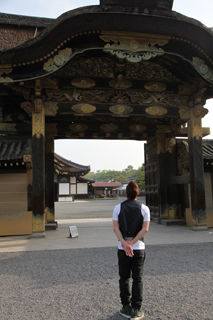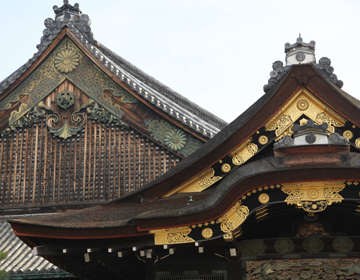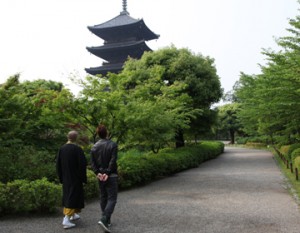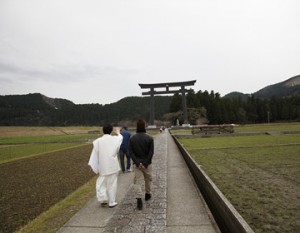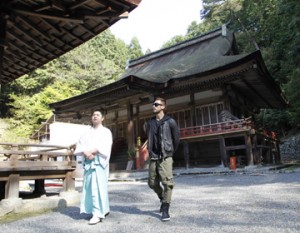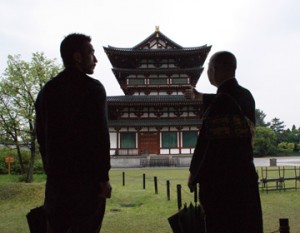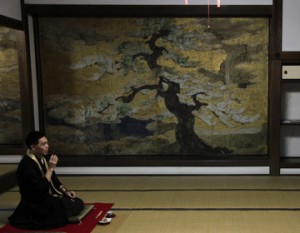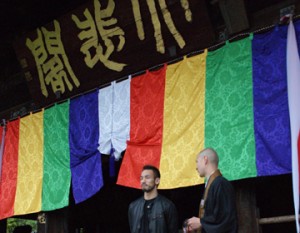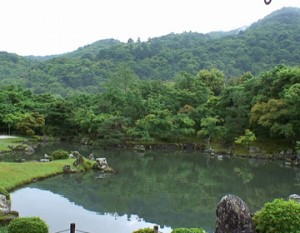The Beginning and End of the Edo Period
When we hear the word ”Nijo Castle” many may instantly think of ”Taiseihokan”. Indeed at the last days of the of the Edo period, the last Shogun Yoshinobu Tokugawa proclaimed the Taiseihokan at the Ninomaru Palace of the Nijo castle. . This triggered the demise of the Tokugawa Shogunate, so you may say this is the place where one era was terminated. However, it is also where Edo period was given birth. Nijo Castle was created in 1603 by orders of Ieyasu Tokugawa who had proclaimed victory at the battle of Sekigahara.
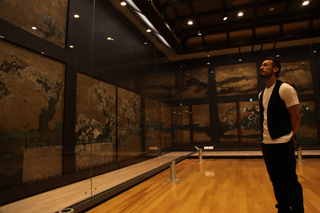
Architecture that Gathered Essence of Beauty
In that same year Ieyasu was designated ”Seitaishogun honin”, and had paid respects to the imperial court at the palace, as was the custom since the Muromachi period. Later he was officially designated as ”Shogun” and that was the full-scale start up of the Edo period. Nijo Castle is attributed as treasured asset culturally and artistically, designated with UNESCO World Heritage as Cultural asset to old capital Kyoto, the Ninomaru Palace designated National Treasure, the Ninomaru Palace Gardens designated as Special Scenic Spot of the Nation. The palace was witness to both the beginning and end of the Edo period.
